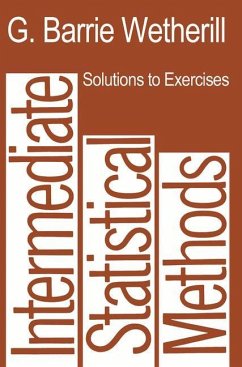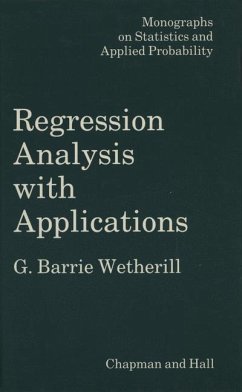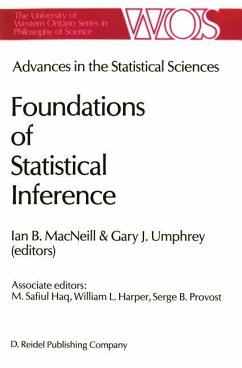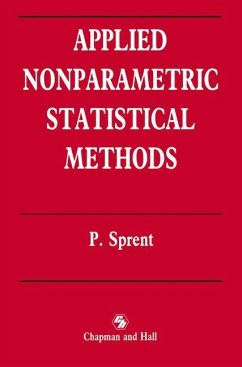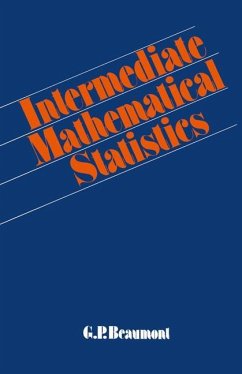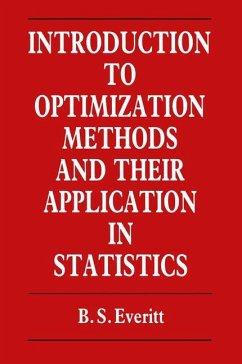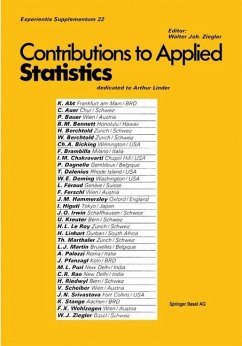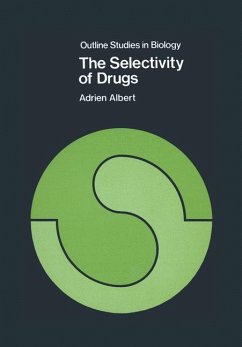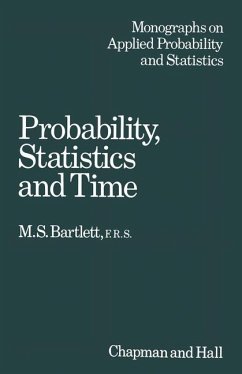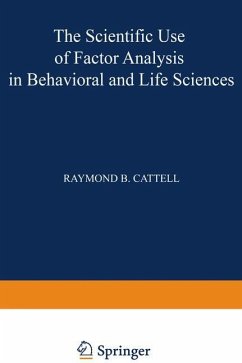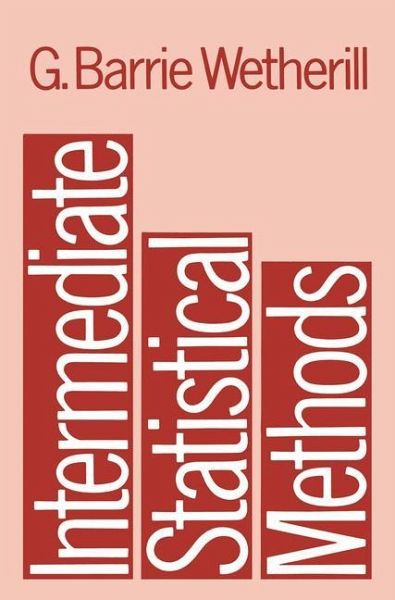
Intermediate Statistical Methods

PAYBACK Punkte
20 °P sammeln!
This book began many years ago as course notes for students at the University of Bath, and later at the University of Kent. Students used draft versions of the chapters, which were consequently revised. Second and third year students, as well as those taking MSc courses have used selections of the chapters. In particular, Chapters I to 7 (only) have been the basis of a very successful second-year course, the more difficult sections being omitted. The aims of this particular course were:- (a) to cover some interesting and useful applications of statistics with an emphasis on applications, but w...
This book began many years ago as course notes for students at the University of Bath, and later at the University of Kent. Students used draft versions of the chapters, which were consequently revised. Second and third year students, as well as those taking MSc courses have used selections of the chapters. In particular, Chapters I to 7 (only) have been the basis of a very successful second-year course, the more difficult sections being omitted. The aims of this particular course were:- (a) to cover some interesting and useful applications of statistics with an emphasis on applications, but with really adequate theory; (b) to lay the foundations for interesting third-year courses; (c) to tie up with certain areas of pure mathematics and numerical analysis. 2 Students will find Chapter I a useful means of revising the t, X and F procedures, which is material assumed in this text, see Section 1.1. Later sections of Chapter I cover robustness and can be omitted by second-year students or at a first reading. Chapter 2 introduces some simple statistical models, so that the discussion of later chapters is more meaningful.



